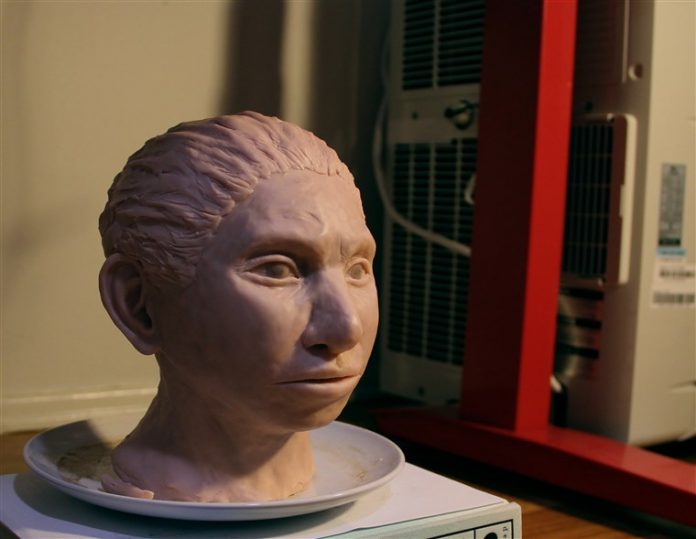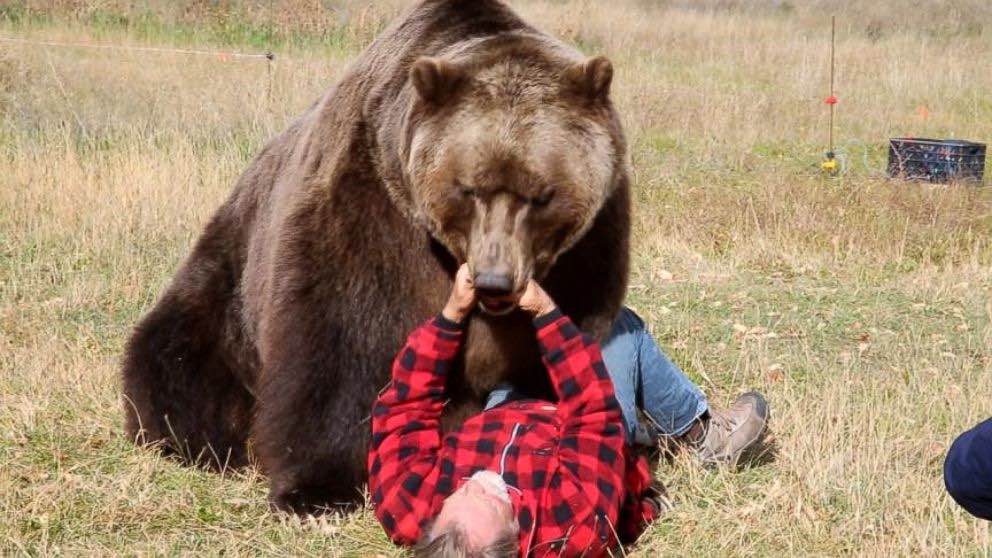More than 100,000 years ago, modern humans in Eurasia lived alongside Neanderthals and Denisovans, two other hominins that have since gone extinct. While much is known about Neanderthals and how they lived, Denisovans have remained enigmatic because only a handful of bone fragments from the ancient group have ever been found.
But now we have a good idea of how Denisovans looked. In a study published Thursday in the journal Cell, scientists took DNA from a Denisovan pinky bone found in a Siberian cave in 2008 and used it to predict Denisovan anatomical features.
The researchers found 56 features that differ from those of Neanderthals and modern humans, including 34 in the skull alone.
“We were expecting Denisovans to be similar in many ways to Neanderthals because they are closer genetically to Neanderthals,” said study co-author David Gokhman, a postdoctoral research fellow in biology at Stanford University. “Many of the traits we reconstructed are similar to Neanderthals, such as a wide pelvis, short forehead, but in some morphologies, they are actually different from modern humans and Neanderthals.”
In particular, the researchers found that Denisovans likely had a wider skull and longer jaw than Neanderthals and modern humans. The scientists used this anatomical data to produce a portrait of a Denisovan girl, with dark hair, piercing eyes and a face that appears subtly wider than that of a modern human.
For the research, Gokhman and his collaborators analyzed not the sequence of the DNA but the patterns of gene activity, as inferred from specific chemical markers attached to the genetic material.
“It is well known in evolution that many differences between closely related groups — many differences in anatomy, morphology and physiology — are attributed to changes in gene activity patterns and not necessarily to changes in DNA sequence,” said study co-author Liran Carmel, a computational biologist at the Hebrew University of Jerusalem. “We wanted to identify differences in gene activity between the different human groups and then try to understand how these differences in gene activity affect anatomy.”
The scientists compared gene activity patterns for Denisovans, Neanderthals and modern humans, picking out regions where there were marked differences between the three groups.
“We used the modern human anatomy as a reference,” Carmel said. “We can see the consequences in the expression of a gene in humans, and if we see the same change in expression level in a different human group, we can associate it with that anatomical change.”
The researchers tested the trait reconstruction method on Neanderthal and chimpanzee DNA, and found they were able to predict how patterns of gene activity affect specific anatomical traits, or morphology, with 85 percent accuracy.
Matt Tocheri, a paleoanthropologist at Lakehead University in Ontario, Canada, hailed the new research but questioned the accuracy of its predictions. “I don’t think we’re there yet, where we’re able to look at aspects of genetic data and then predict morphology,” he said. “The general idea is an interesting one, but I think it just needs to be developed a lot further before we have confidence it.”
The new study predicted that Denisovans would have had thick fingers like those of Neanderthals, but a paper published Sept. 4 in the journal Science Advances found that Denisovans likely had slender fingertips similar to those of modern humans.
Gokhman acknowledged that the predictions aren’t perfect, but said the fact that the fossil used in the research had come from a juvenile Denisovan may account for the inconsistencies in predicted anatomical features. “The pinky belonged to a girl that was estimated to be 13 years old, so it’s hard to say how this pinky would look like if it belonged to an adult,” he said.
In any case, the researchers said, the new study helps scientists understand how ancient human relatives lived and evolved.
“It opens a window to answer very interesting questions like how Denisovans adapted to their environment,” Carmel said. “Since we find traces of Denisovan DNA in modern human populations, we can ask questions about what ways these Denisovan DNA fragments affected traits and adaptations.”













